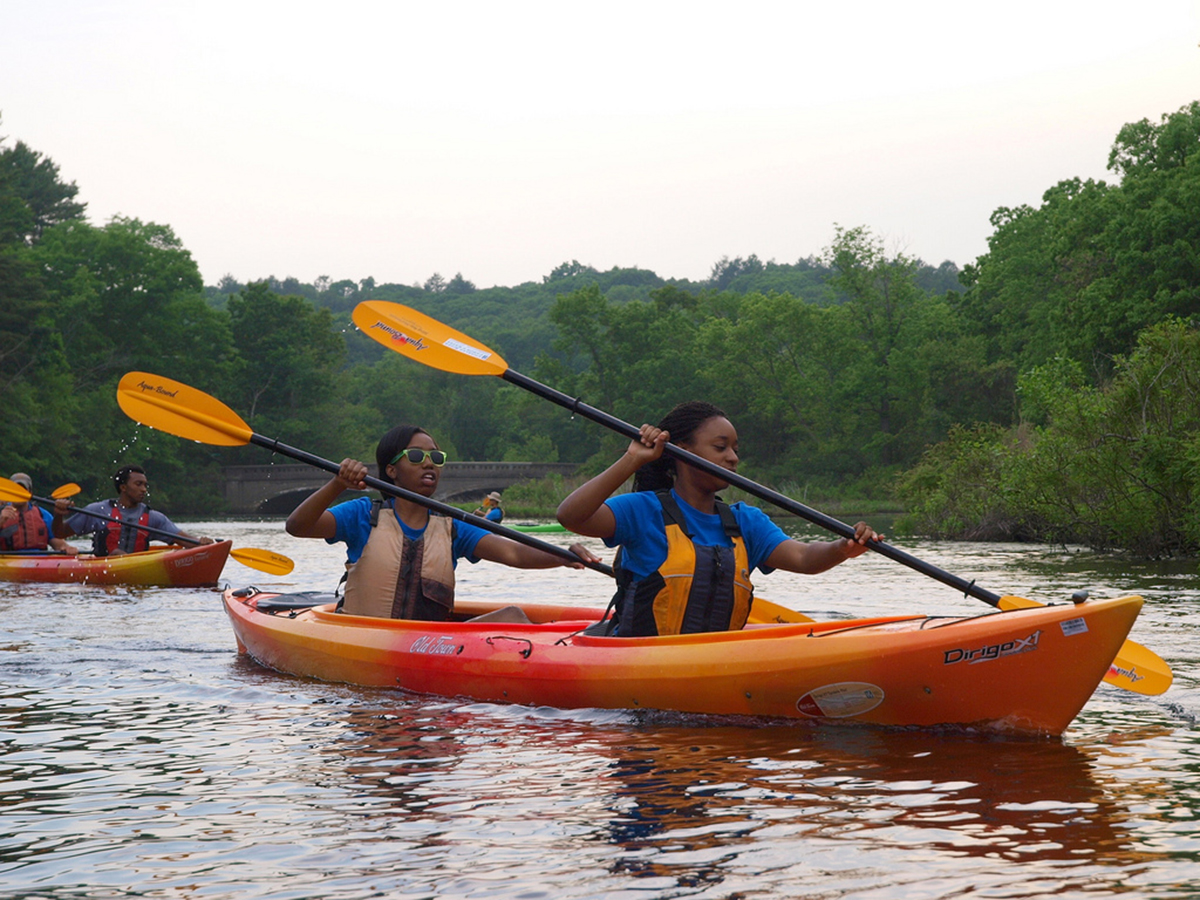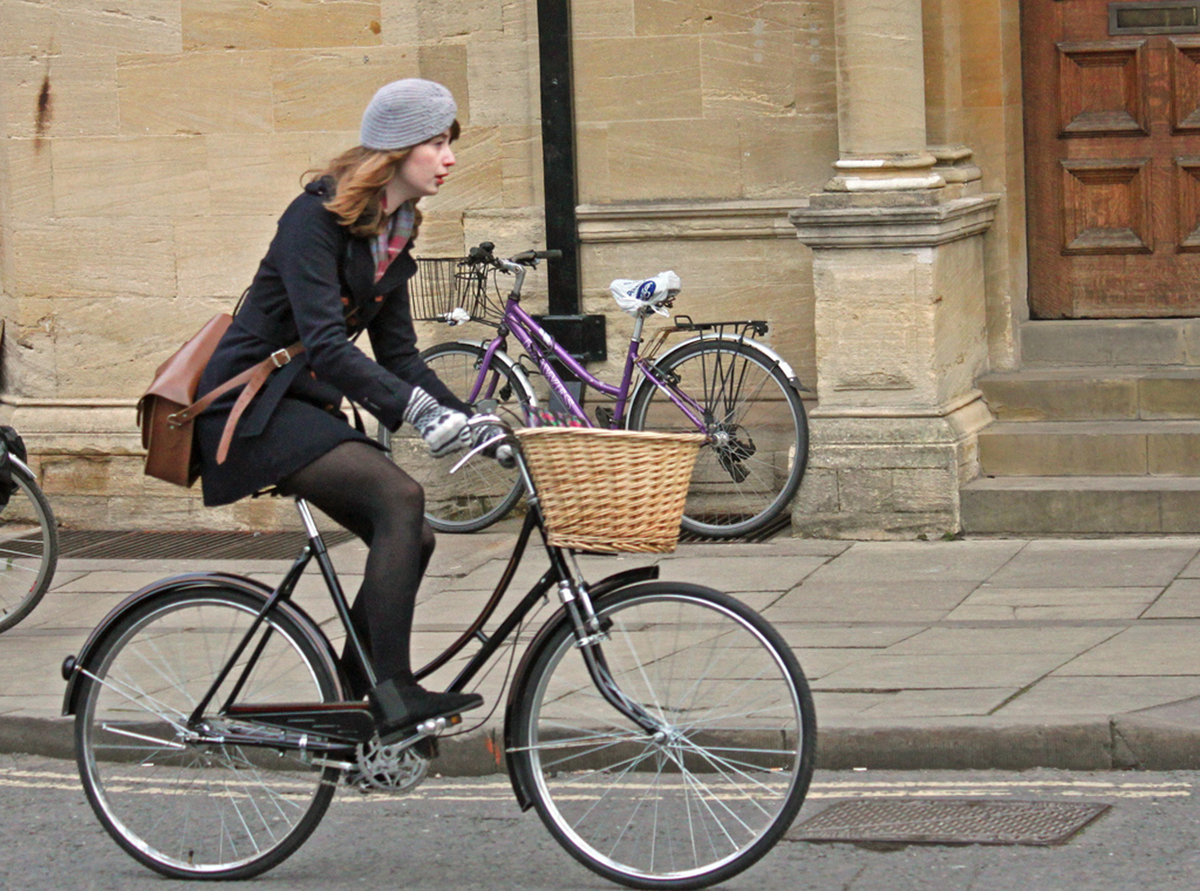The human body is a complex machine: many different systems work together to keep us alive and functioning. They include the cardiovascular, respiratory, muscular and skeletal systems. Each of these systems peak at different ages and unfortunately all start to decline at some point in our adult lives. But they all decline at different rates and on average this is all linked to your lifestyle and how much exercise you continue to do as you get into later life. The more active you are, the stronger these four systems are, slowing the process of aging. If you don't do any exercise, then you at a risk of starting to become "old" and daily functions become a lot harder sooner.

Cardiovascular And Respiratory Systems
The cardiovascular system encompasses the heart, arteries, veins and other blood vessels that provide the network for delivering blood and nutrients and oxygen around the body. The respiratory system is the lungs and how we breathe. These systems always work together and are often referred to as the cardio-respiratory system. Together, they allow us to be able to complete long-term exercise. The maximum capacity that they can work at is called the VO2 max which is the maximum amount of oxygen that the body can deliver — and this determines your upper level for stamina. This peaks at the age of 25! After that age, your VO2 max declines by one percent a year on average.
Muscular And Skeletal Systems
Again these two systems are normally linked together because the bones and muscles work together to provide us with movement — muscles are a bit like the strings that make our puppet frame (bones) work. As you get older and go through puberty the bones and muscles naturally develop due to a hormone called human growth hormone, in males with the added testosterone they develop a larger muscle mass than women. The bones and muscles reach their peak at approximately 30 which is the point at which the muscles are at their strongest. After this, with no exercise, your muscles and bones become gradually weaker.
Another effect of aging is that the metabolism slows down, which means that fewer calories are burned when at rest. This so suggests that your calorie intake should be lower. However, elderly people tend to be rather slim because the appetite becomes less and the lack of muscle leaves a thinner looking figure.
See Also: How Often Do You Really Need to Exercise to Build New Muscle?
It is widely accepted that certain types of exercise will help to slow the aging process down and delay the age at which you reach your peak.
Studies have been shown to slow the rate down. An unusual study in the US has found that by infusing young blood into a group of mice can rejuvenate the harmful effects of the ageing process seen above. Villeda (2014) "found that blood from three-month-old mice reversed some age-related changes in the brains of 18-month-old mice. The animals grew more and stronger neural connections in a region called the hippocampus, meaning the brain cells could talk to each other more effectively, according to a report in Nature Medicine. An 18-month-old mouse is considered to be equivalent in age to a 70-year-old person" Villeda, University of California.
How Can Exercise Help You Combat The Effects Of Aging?
Exercise has so many benefits, now we can add slowing down aging to its positives. There are two main types of exercise or styles of training; aerobic — long-distance or duration training — and anaerobic or short, sharp bursts of high-intensity exercise.

Benefits Of Aerobic Exercise
Aerobic exercise is completing long slow distance training such as continuous running or cycling for example. Undertaking regular aerobic training has many benefits to slow down aging, and you should be completing exercise at least three times a week for 60 minutes. Some of the effects are:
- Maintains the thickness of the heart muscle to slower the loss as you get older meaning your heart rate will stay lower.
- Lowers blood pressure — exercise makes the arteries more elastic so maintaining exercise into your later years will keep blood pressure down.
- Maintains the efficiency of the heart and lungs to deliver oxygen — extending your VO2 max.
- Improves skin complexion due to an increased circulation.
- Can raise the levels of HDL (good cholesterol) to lessen the risk of developing CHD as you get older therefore slowing down ageing
- Burns calories by keeping your metabolism higher for longer.
- Generally improves the mood allowing you to stay more active for longer.
Benefits Of Anaerobic Exercise
Anaerobic exercise involves anything that is short duration and high intensity for example weightlifting or sprint training. Everyone should be doing some level of resistance training or weight training to maintain strength for every day life. The benefits of slowing down ageing with this type of exercise are:
- Maintains muscle mass and slows down the rate of atrophy (loss of muscle) to keep you feeling stronger for longer.
- Stresses the skeleton to maintain bone density. Weight-bearing exercise makes the bones stronger to avoid fractures.
- Maintains the metabolism to keep burning calories and avoiding the metabolism slowing down as you get older.
- Promotes the release of testosterone and human growth hormone to repair tissue which will slow down the rate at which bones and muscles deteriorate.
- Helps keep you stronger so every-day activities like carrying grocery bags do not become difficult.
- Maintains your flexibility in the joints as fluid is released efficiently to stop stiffness
Research
A study released in 2007 by the Applied Physiology, Nutrition, and Metabolism and the Canadian Journal of Public Health found that aging adults who participated in regular exercise lessened the risk of crossing the threshold of inactivity or inability to perform daily functions. And that that exercise helped to maintain the cardiorespiratory fitness, strength, flexibility and lowered the risk of weight gain.
It is clear that ageing will get to everyone but there are some simple ways to try and slow it down so that you can remain active and able for much longer. Follow these simple tips:
- Exercise at least three times a week for 60 minutes.
- Try to change your lifestyle so you are more active, by walking instead of driving for instance.
- Complete both aerobic and anaerobic exercise.
- Remember that as you age your metabolism slows so check your calorie intake.
See Also: Inactivity More Deadly Than Obesity, New Study Finds
These tips apply to both males and females because the rate of decline is the same for both genders, even though men have a higher mass than women at their peak they decline at the same rate so see a bigger loss in muscle and strength than women do. Taking part in both types of exercise is really important to get the most out of training and really slow down all areas of ageing.
- Photo courtesy of U. S. Fish and Wildlife Service - Northeast Region via Flickr: www.flickr.com/photos/usfwsnortheast/7189708949
- Photo courtesy of Tejvanphotos via Flickr: www.flickr.com/photos/tejvan/6772598609


Your thoughts on this